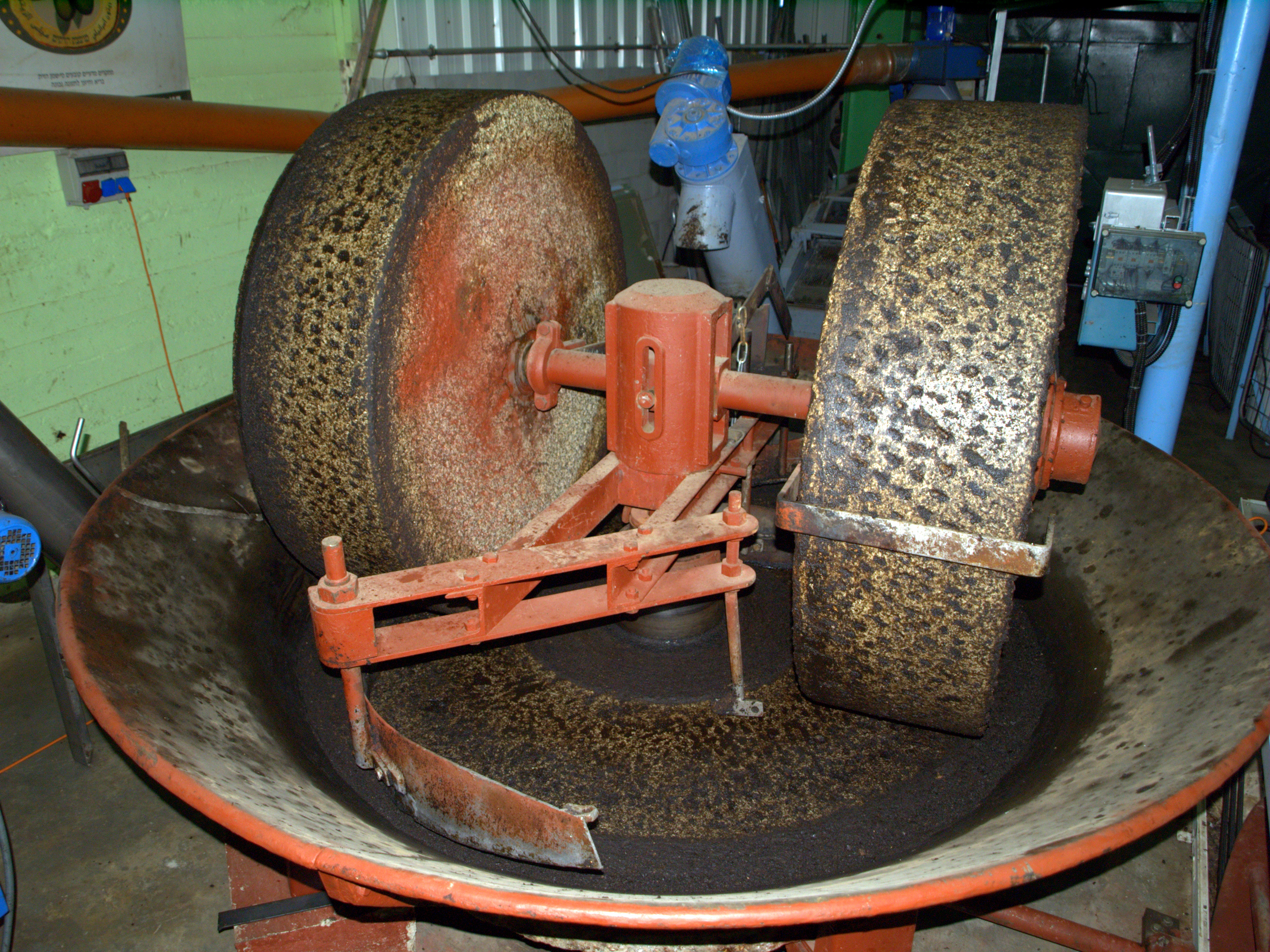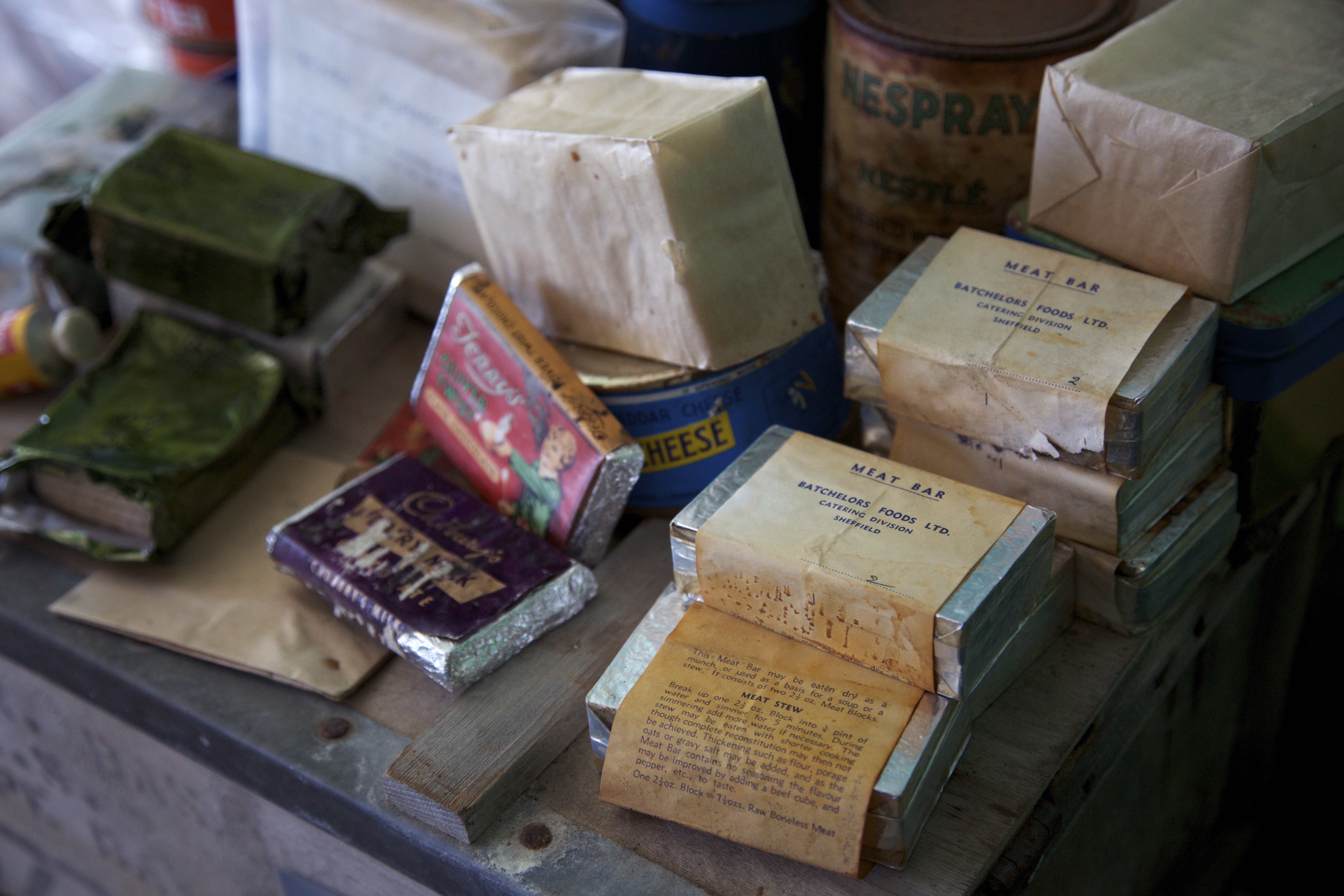|
Gingerbread Museum
Muzeum Piernika ( en, Museum of Gingerbread) is a museum located in medieval old town of Toruń, Poland, that is famous for its gingerbread. Visitors take part in an interactive show through which they are taught how to make a traditional gingerbread. The show consist of two parts – first visitors are shown how the dough was made in Middle Ages. Having prepared dough, everyone then makes their own gingerbread using traditional baking molds. Throughout the whole show visitors are guided by the master of bakery, a gingerbread witch and the craftsmen. The museum is located on 9, Rabiańska Strett, in an early 19th-century granary, and visitors also participate in flour production using millstones. The museum forms part of the gingerbread tradition still living in town.Polish museums guide: 1000 muzeów w Polsce, red. D. Folga-Januszewska, Olszanica 2011, See also *List of food and beverage museums References External links * Museums in Kuyavian-Pomeranian Voivodeship, To ... [...More Info...] [...Related Items...] OR: [Wikipedia] [Google] [Baidu] |
Toruń
)'' , image_skyline = , image_caption = , image_flag = POL Toruń flag.svg , image_shield = POL Toruń COA.svg , nickname = City of Angels, Gingerbread city, Copernicus Town , pushpin_map = Kuyavian-Pomeranian Voivodeship#Poland#Europe , pushpin_relief=1 , pushpin_label_position = top , subdivision_type = Country , subdivision_name = , subdivision_type1 = Voivodeship , subdivision_name1 = , leader_title = City mayor , leader_name = Michał Zaleski , established_title = Established , established_date = 8th century , established_title3 = City rights , established_date3 = 1233 , area_total_km2 = 115.75 , population_as_of = 31 December 2021 , population_total = 196,935 ( 16th) Data for territorial unit 0463000. , population_density_km2 = 1716 , population_metro = 297646 , timezone = CET , utc_offset = +1 , timezone_DST = CEST , utc_offset_DST = +2 , coordinates = , elevatio ... [...More Info...] [...Related Items...] OR: [Wikipedia] [Google] [Baidu] |
Museum
A museum ( ; plural museums or, rarely, musea) is a building or institution that cares for and displays a collection of artifacts and other objects of artistic, cultural, historical History (derived ) is the systematic study and the documentation of the human activity. The time period of event before the invention of writing systems is considered prehistory. "History" is an umbrella term comprising past events as well ..., or science, scientific importance. Many public museums make these items available for public viewing through display case, exhibits that may be permanent or temporary. The largest museums are located in major cities throughout the world, while thousands of local museums exist in smaller cities, towns, and rural areas. Museums have varying aims, ranging from the conservation and documentation of their collection, serving researchers and specialists, to catering to the general public. The goal of serving researchers is not only scientific, but int ... [...More Info...] [...Related Items...] OR: [Wikipedia] [Google] [Baidu] |
Medieval
In the history of Europe, the Middle Ages or medieval period lasted approximately from the late 5th to the late 15th centuries, similar to the post-classical period of global history. It began with the fall of the Western Roman Empire and transitioned into the Renaissance and the Age of Discovery. The Middle Ages is the middle period of the three traditional divisions of Western history: classical antiquity, the medieval period, and the modern period. The medieval period is itself subdivided into the Early, High, and Late Middle Ages. Population decline, counterurbanisation, the collapse of centralized authority, invasions, and mass migrations of tribes, which had begun in late antiquity, continued into the Early Middle Ages. The large-scale movements of the Migration Period, including various Germanic peoples, formed new kingdoms in what remained of the Western Roman Empire. In the 7th century, North Africa and the Middle East—most recently part of the Eastern Roman ... [...More Info...] [...Related Items...] OR: [Wikipedia] [Google] [Baidu] |
Poland
Poland, officially the Republic of Poland, , is a country in Central Europe. Poland is divided into Voivodeships of Poland, sixteen voivodeships and is the fifth most populous member state of the European Union (EU), with over 38 million people, and the List of European countries by area, seventh largest EU country, covering a combined area of . It extends from the Baltic Sea in the north to the Sudetes and Carpathian Mountains in the south, bordering seven countries. The territory is characterised by a varied landscape, diverse ecosystems, and Temperate climate, temperate transitional climate. The capital and List of cities and towns in Poland, largest city is Warsaw; other major cities include Kraków, Wrocław, Łódź, Poznań, and Gdańsk. Prehistory and protohistory of Poland, Humans have been present on Polish soil since the Lower Paleolithic, with continuous settlement since the end of the Last Glacial Period over 12,000 years ago. Culturally diverse throughout ... [...More Info...] [...Related Items...] OR: [Wikipedia] [Google] [Baidu] |
Gingerbread
Gingerbread refers to a broad category of baked goods, typically flavored with ginger, cloves, nutmeg, and cinnamon and sweetened with honey, sugar, or molasses. Gingerbread foods vary, ranging from a moist loaf cake to forms nearly as crisp as a ginger snap. Etymology Originally, the term ''gingerbread'' (from Latin ''zingiber'' via Old French ''gingebras'') referred to preserved ginger. It then referred to a confection made with honey and spices. ''Gingerbread'' is often used to translate the French term '' pain d'épices'' (literally "spice bread") or the German terms '' Pfefferkuchen'' (lit. "pepper cake," because it used to contain pepper) or '' Lebkuchen'' (of unclear etymology; either Latin ''libum'', meaning "sacrifice" or "sacrificial bread," or German ''Laib'' for loaf or German for life, ''leben''). Pepper is also referenced in regional names like Norwegian ''pepperkaker'' or Czech ''perník'' (originally ''peprník''). The meaning of ''gingerbread'' has evolved ov ... [...More Info...] [...Related Items...] OR: [Wikipedia] [Google] [Baidu] |
Middle Ages
In the history of Europe, the Middle Ages or medieval period lasted approximately from the late 5th to the late 15th centuries, similar to the post-classical period of global history. It began with the fall of the Western Roman Empire and transitioned into the Renaissance and the Age of Discovery. The Middle Ages is the middle period of the three traditional divisions of Western history: classical antiquity, the medieval period, and the modern period. The medieval period is itself subdivided into the Early Early may refer to: History * The beginning or oldest part of a defined historical period, as opposed to middle or late periods, e.g.: ** Early Christianity ** Early modern Europe Places in the United States * Early, Iowa * Early, Texas * Early ..., High Middle Ages, High, and Late Middle Ages. Population decline, counterurbanisation, the collapse of centralized authority, invasions, and mass migrations of tribes, which had begun in late antiquity, continued i ... [...More Info...] [...Related Items...] OR: [Wikipedia] [Google] [Baidu] |
Granary
A granary is a storehouse or room in a barn for threshed grain or animal feed. Ancient or primitive granaries are most often made of pottery. Granaries are often built above the ground to keep the stored food away from mice and other animals and from floods. Early origins From ancient times grain has been stored in bulk. The oldest granaries yet found date back to 9500 BC and are located in the Pre-Pottery Neolithic A settlements in the Jordan Valley. The first were located in places between other buildings. However beginning around 8500 BC, they were moved inside houses, and by 7500 BC storage occurred in special rooms. The first granaries measured 3 x 3 m on the outside and had suspended floors that protected the grain from rodents and insects and provided air circulation. These granaries are followed by those in Mehrgarh in the Indus Valley from 6000 BC. The ancient Egyptians made a practice of preserving grain in years of plenty against years of scarcity. The clima ... [...More Info...] [...Related Items...] OR: [Wikipedia] [Google] [Baidu] |
Millstone
Millstones or mill stones are stones used in gristmills, for grinding wheat or other grains. They are sometimes referred to as grindstones or grinding stones. Millstones come in pairs: a convex stationary base known as the ''bedstone'' and a concave ''runner stone'' that rotates. The movement of the runner on top of the bedstone creates a "scissoring" action that grinds grain trapped between the stones. Millstones are constructed so that their shape and configuration help to channel ground flour to the outer edges of the mechanism for collection. The runner stone is supported by a cross-shaped metal piece ( millrind or rynd) fixed to a "mace head" topping the main shaft or spindle leading to the driving mechanism of the mill ( wind, water (including tide) or other means). History The earliest evidence for stones used to grind food is found in northern Australia, at the Madjedbebe rock shelter in Arnhem Land, dating back around 60,000 years. Grinding stones or g ... [...More Info...] [...Related Items...] OR: [Wikipedia] [Google] [Baidu] |
List Of Food And Beverage Museums
This is a list of food and beverage museums. Food museums, beverage museums and wine museums generally provide information about how various foodstuffs are produced or were historically produced. Many of these museums are owned and operated by specific food and beverage production companies. Food and beverage museums A * Aghdam Bread Museum, Agdam, Azerbaijan * Agricultural Museum, Cairo, Egypt * Agropolis, Montpellier, France (closed 2010—operating a website only) * Aigle Castle, Aigle, Switzerland * American Institute of Baking, Manhattan, Kansas, US * Alimentarium, Vevey, Switzerland B * Beer Can Museum, East Taunton, Massachusetts, US * Biedenharn Museum and Gardens, Monroe, Louisiana, US * Bochnia Salt Mine, Bochnia, Poland * Bramah Tea and Coffee Museum, London, England, UK (closed 2008 – operating a website only) * Bully Hill Vineyards, Hammondsport, New York, US * Burlingame Museum of Pez Memorabilia, Burlingame, California, US * Museum of Russian Bread, Moscow, R ... [...More Info...] [...Related Items...] OR: [Wikipedia] [Google] [Baidu] |
Museums In Kuyavian-Pomeranian Voivodeship
A museum ( ; plural museums or, rarely, musea) is a building or institution that cares for and displays a collection of artifacts and other objects of artistic, cultural, historical, or scientific importance. Many public museums make these items available for public viewing through exhibits that may be permanent or temporary. The largest museums are located in major cities throughout the world, while thousands of local museums exist in smaller cities, towns, and rural areas. Museums have varying aims, ranging from the conservation and documentation of their collection, serving researchers and specialists, to catering to the general public. The goal of serving researchers is not only scientific, but intended to serve the general public. There are many types of museums, including art museums, natural history museums, science museums, war museums, and children's museums. According to the International Council of Museums (ICOM), there are more than 55,000 museums in 202 ... [...More Info...] [...Related Items...] OR: [Wikipedia] [Google] [Baidu] |
Buildings And Structures In Toruń
A building, or edifice, is an enclosed structure with a roof and walls standing more or less permanently in one place, such as a house or factory (although there's also portable buildings). Buildings come in a variety of sizes, shapes, and functions, and have been adapted throughout history for a wide number of factors, from building materials available, to weather conditions, land prices, ground conditions, specific uses, prestige, and aesthetic reasons. To better understand the term ''building'' compare the list of nonbuilding structures. Buildings serve several societal needs – primarily as shelter from weather, security, living space, privacy, to store belongings, and to comfortably live and work. A building as a shelter represents a physical division of the human habitat (a place of comfort and safety) and the ''outside'' (a place that at times may be harsh and harmful). Ever since the first cave paintings, buildings have also become objects or canvasses of much artisti ... [...More Info...] [...Related Items...] OR: [Wikipedia] [Google] [Baidu] |





